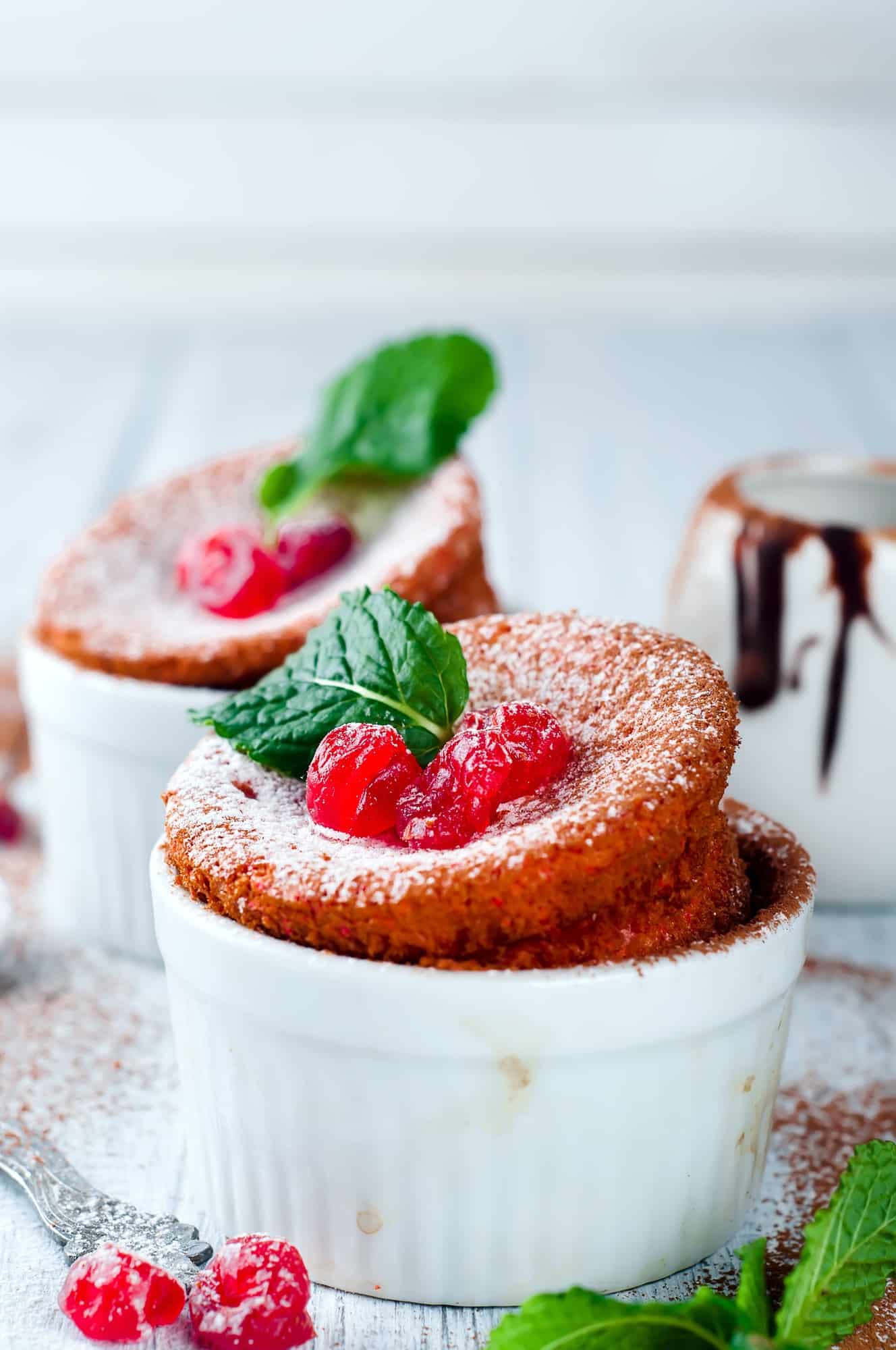What Are the Secrets to a Light and Fluffy Swiss Cheese Souffle?

Whether you’re hosting a sophisticated dinner party or preparing a gourmet meal for your family, a perfectly executed Swiss cheese souffle can be a showpiece dish. Some consider this classic French dish to be a culinary Everest, but with the right techniques and ingredients, you can achieve a souffle that is both light and fluffy, with a golden crust and a creamy, cheesy center. Let’s explore the secrets to achieving this culinary feat.
Selecting the Right Ingredients
Before beginning any recipe, it’s essential to have high-quality ingredients on hand. For a Swiss cheese souffle, you’ll primarily need eggs, cheese, flour, cream, and butter. As you prepare to whip up this dish, consider the following:
A voir aussi : Can You Prepare Gourmet Braised Lamb Shanks with a Red Wine Reduction and Gremolata?
Eggs are the heart of the souffle. Their proteins give the dish its structure, and the whites, when properly whipped, give it its lightness. It’s crucial that your eggs are fresh; older eggs may not whip up as well.
Swiss cheese contributes flavor and creaminess to your souffle. The mild, nutty taste of Swiss cheese pairs beautifully with the rich, fluffy texture of the souffle.
A voir aussi : Can You Craft an Authentic Japanese Matcha Mousse with White Chocolate Shavings?
Flour and butter are used to create a roux, a thickening agent that adds richness and body to the souffle. Additionally, butter is also used to grease your baking dish, which helps your souffle rise evenly.
Cream provides an extra touch of richness to your souffle. It enhances the texture, making the souffle creamy and luscious.
The Art of Whipping Egg Whites
The key to a light, airy souffle lies in whipping the egg whites to the right consistency. Over-whipping can lead to a dense, dry souffle, while under-whipping will result in a souffle that doesn’t rise properly.
Start by separating the eggs while they are still cold, as it’s easier to do so without breaking the yolks. However, make sure to bring the whites to room temperature before whipping them; they will attain greater volume this way.
To whip the whites, start at low speed until they become frothy. Then, increase the speed and whip until the whites reach soft peaks. At this point, you should be able to lift your beater or whisk straight up, and the peaks will droop over slightly. This is the perfect consistency for a souffle, as it allows the whites to expand and give the souffle its rise.
Creating the Base Mixture
While your egg whites are crucial for the souffle’s rise, the base mixture gives it flavor and richness. Start by making a roux: melt some butter in a saucepan, add flour and cook while stirring for a couple of minutes. This will eliminate any raw flour taste.
Next, add room-temperature cream to the roux, whisking constantly to prevent lumps. Once the mixture is smooth, add the cheese and stir until it melts and incorporates into the mixture.
Then, add your egg yolks. They contribute to the richness and flavor of the souffle, as well as its color. Be sure to mix them in quickly to avoid cooking the yolks.
Combining the Whites and Base Mixture
Once your base mixture and egg whites are ready, it’s time to combine them. This step is crucial and must be done with care to avoid deflating the egg whites.
Add about a third of the egg whites to the base mixture and stir vigorously. This will lighten the base mixture, making it easier to fold in the rest of the egg whites.
Then, gently fold in the remaining egg whites. Cut through the center of the bowl with your spatula, scoop the mixture from the bottom, and fold it over the top. Repeat this until no white streaks remain, but don’t overmix. Your goal is to keep as much air in the mixture as possible.
Baking the Souffle
Preheat your oven and butter your baking dish before pouring in the souffle mixture. The preheated oven will ensure a quick rise, while the buttered dish will prevent the souffle from sticking and promote an even rise.
Bake your souffle without opening the oven door for the first 15 minutes. Doing so can cause a drastic temperature drop, leading your souffle to collapse. After the initial 15 minutes, keep a close eye on your souffle. It should rise significantly and turn a beautiful golden brown.
Remember, souffles wait for no one, so plan to serve it immediately after it comes out of the oven. This way, you and your guests can enjoy the light, fluffy, and cheesy goodness at its best. Now, armed with these secrets, you’re ready to tackle the wonderful world of souffle baking!
Mastering the Swiss Cheese Souffle Recipe
Now that you have gained insights into the secrets behind creating a light and fluffy Swiss cheese souffle, let’s delve deeper into mastering the recipe itself.
Begin by gathering your ingredients; 4 large eggs, 1/2 cup of all-purpose flour, 100g of Swiss cheese, 1 cup of cream, and 3 tablespoons of unsalted butter. Additionally, prepare a pinch of cream of tartar – a secret ingredient that stabilizes and increases the volume of your whipped egg whites. Also, have your souffle dish at the ready.
Start by warming your oven. Preheating to the correct temperature is a critical element. Set your oven temperature to 375 degrees Fahrenheit (190 degrees Celsius). This temperature will provide the quick rise your souffle needs without burning the top.
Next, focus on the eggs. Remember to separate the yolks from the whites while the eggs are cold, then allow the whites to reach room temperature before you begin to beat them. Use the cream of tartar for stabilizing during this process.
Then, move onto the cheese and roux stage. This forms the heart of your souffle’s flavor. Use your flour and butter to create a smooth roux, then add the cream and cheese. This is your moment to add a dash of salt and pepper to taste.
Once the cheese has melted, it’s time to add the egg yolks. Remember to mix them in quickly to avoid cooking the yolks prematurely. Here, you introduce the richness and color to your souffle.
With your base mixture and beaten egg whites prepared, you can now combine them. Ensure to lighten the base mixture with a portion of the egg whites before gently folding in the remaining whites.
Finally, pour the souffle mixture into your buttered dish and bake. Remember, no peeking at your souffle for the first 15 minutes! The wait will be worth it, as you’ll be rewarded with a delightful Swiss cheese souffle that boasts a golden crust and a creamy, fluffy interior.
The Last Bite
Swiss cheese souffle is indeed a dish that commands respect. It demands a balance of precision and patience, coupled with quality ingredients and careful execution. However, don’t be daunted by this culinary challenge. Remember, even the most serious eats start with simple ingredients.
Clear, step-by-step instructions, accurate oven temperature, and baking time, coupled with fresh ingredients, can make a world of difference. Ensuring your egg whites are beaten to just the right consistency, the cheese roux is smooth and flavorful, and the base and egg mixture is folded together gently can lead to the most divine souffle omelette.
With these secrets and tips, you can confidently tackle this traditional French dish. At first glance, it may seem like a culinary Everest, but it’s an attainable summit that’s well within your reach. The result? A light, fluffy, and creamy Swiss cheese souffle that will impress your guests and satisfy your gourmet cravings.
As we often say in the world of cooking, practice makes perfect. So, preheat your oven, get your whisk ready, and let your souffle adventure begin!
